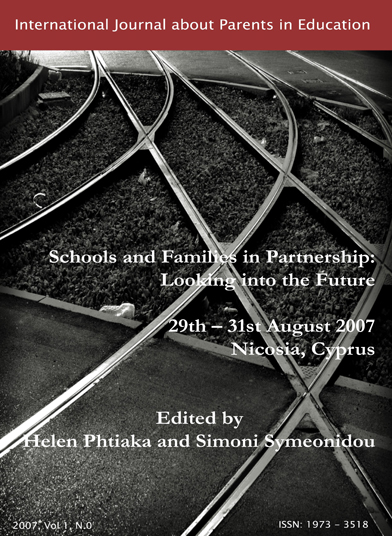The relation of home and childcare/school environment to differential trajectories of externalizing problems
DOI:
https://doi.org/10.54195/ijpe.18257Abstract
This paper uses data from the NICHD study of Early Child Care to investigate how exposure to different home and childcare/school environmental settings are associated with children’s trajectories of externalizing problem from age 2 to age 12. The sample included 1232 children (52% male). Different classes of children exhibiting low, moderate desisting, moderate, high desisting and chronic externalizing problems across the 10 year period were identified. Boys were more likely to be identified in the chronic group and girls in the low group. Furthermore, the findings suggested that the chronic externalizing problems group was also at high risk for experiencing a negative home environment across time, being born into a low familial socio-economic environment, and for experiencing a low quality classroom environment during middle childhood. Therefore, the quality of both the home and school environment are important for identifying these children at high and continuous risk for externalizing psychopathology. Finally, the findings suggested that the quality of the child’s home environment had the more pervasive consequences for the establishment and continuation of externalizing problems in comparison to the quality of the child’s childcare environment.Downloads
Download data is not yet available.
Downloads
Published
2023-11-11
Issue
Section
Articles
How to Cite
Fanti, K. A., & Henrich, C. C. (2023). The relation of home and childcare/school environment to differential trajectories of externalizing problems. International Journal about Parents in Education, 1(1). https://doi.org/10.54195/ijpe.18257





